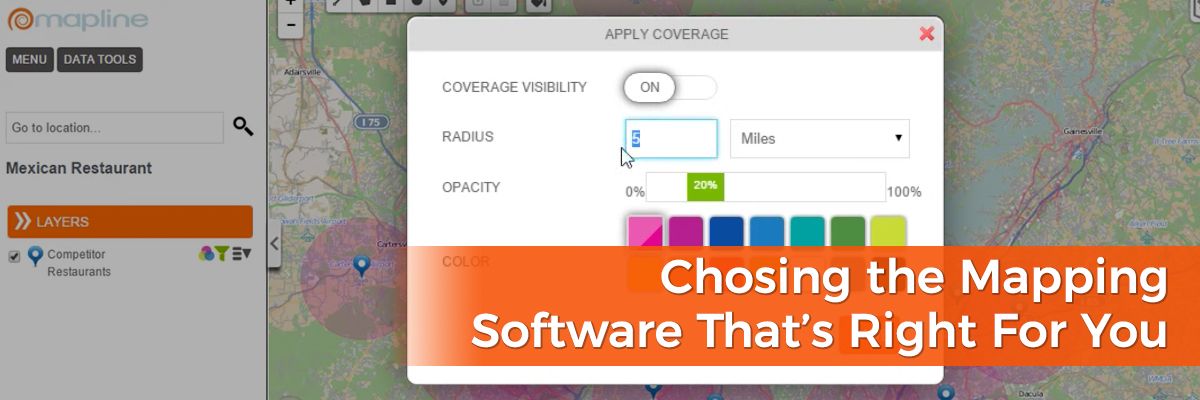How 3PL Companies Use Geospatial Data
In today’s global society, one product may travel by rail, ship, plane and truck to reach its destination. While globalization creates a more connected world, it also introduces complexities to supply chains. Supply chain managers must orchestrate multiple facilities, and they are responsible for countless interactions and dependencies. As a result, many rely on third party logistics companies for warehousing, monitoring, tracking, and tracing. Most 3PL providers use GPS and GIS systems for a real-time look into monitoring and managing supply chain deliveries. So, how does this impact operations for decision-makers? Here are a few ways 3PL companies leverage geographic insights through GIS logistics.
GIS: A Modern Tool for Modern Problems
For most supply chains and 3PL providers, geographic data is a tool that underlies all strategic decisions. At its core, a GIS tool is designed to store geographic data for further analysis, reporting, graphing and insight. It supplies a convenient way to manage spatial information visually—and uncover patterns or trends within data. Third party logistics companies use advanced GIS systems to achieve several goals for their supply chain clients, including:- Assisting with fleet management
- Improving transportation communication
- Tracking vehicle locations
- Monitoring vehicle performance (e.g. condition of tires, fuel level)
- Checking routes for driver safety
- Monitoring inventory levels and shipping times
- Optimizing on-hand supply levels
Skillsets for Successful GIS Execution
It’s true—the right GIS technology helps 3PL professionals analyze the impact of location, weather and natural disasters near distribution hubs, departure and arrival times, and much more. However, efficient use of a geospatial data system requires in-depth knowledge in a variety of areas. To ensure your 3PL business is making the most of your current system or is well-equipped to adopt a new GIS mapping software, it’s important to assess employee readiness. Third party logistics employees can be trained in key fields to make the best use of a GIS system, such as:- Computer programming
- Cartography
- Visual design
- System administration
- Database management









